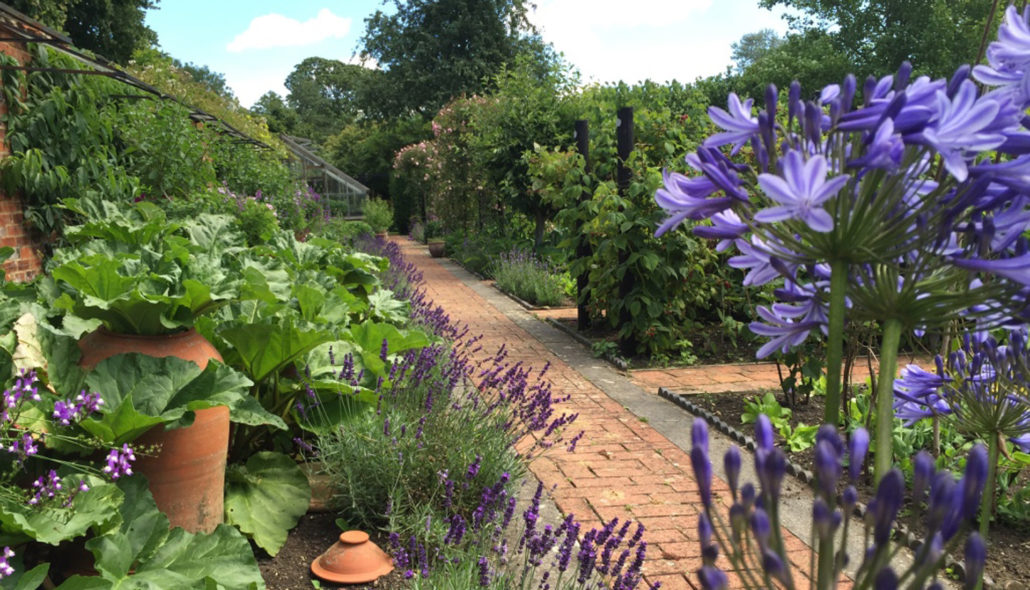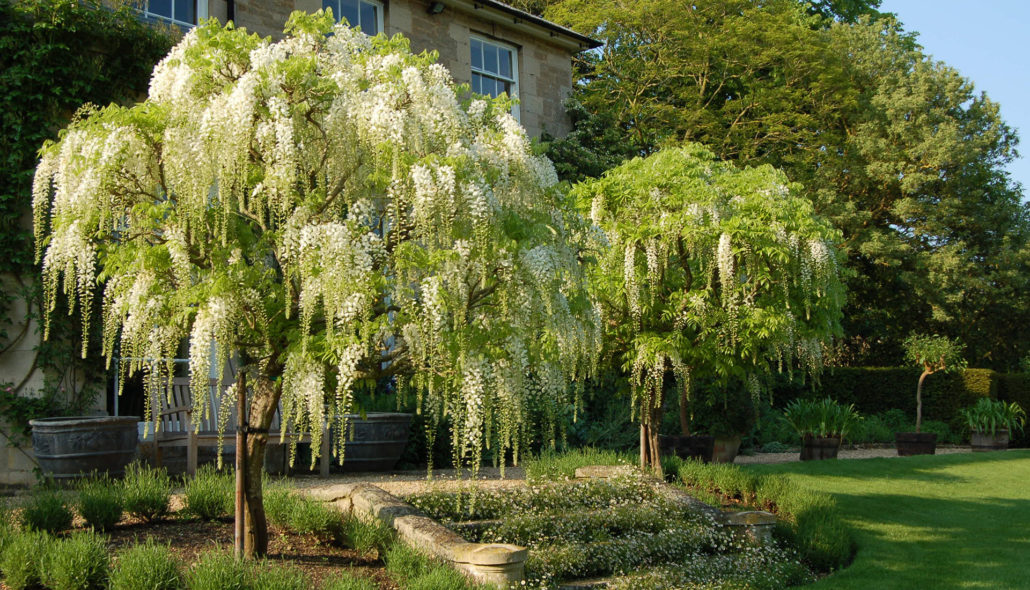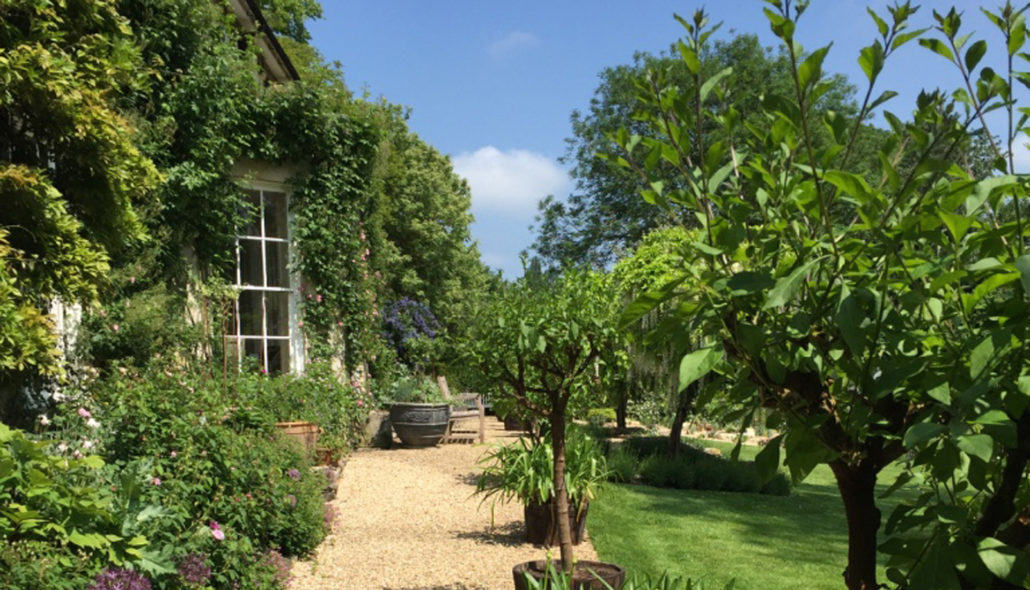




If you live in or near Kettering in Northamptonshire, I urge you to drop into The Old Rectory Gardens, in Sudborough, Kettering. With beautiful gardens to walk round, events, plants to buy, delicious homemade cakes, teas, coffees and a hand picked selection of garden themed goodies to buy within The Old Potting Shed, you are guaranteed a very enjoyable and peaceful day out. We proudly supply a selection of Creature Candy products to The Old Rectory Gardens, and you can buy these in The Old Potting Shed.
For the first time ever, the gardens are open to the public every Tuesday and Thursday between April and the end of September from 12-4.30pm. So why not pop over and receive a very warm welcome from The Old Rectory Team. We are set to have some lovely weather over the bank holiday so this is a perfect way to spend an afternoon.
The Gardens
Reflecting its Georgian heritage, The Gardens complement the elegance of The Old Rectory itself and have been developed over many years by each of its owners. Included within the gardens are a pretty walled Potager, designed by Rosemary Verey, full of formal symmetry and bursting with seasonal vegetables, flowers and fruit. This leads on to a Twisted Hazel Spring Garden, where water gently flows over an old copper bowl. Framing the main lawn are 3 deep borders and a gravel garden, each bursting with some rare and unusual shrubs, plus a variety of annuals for colour across the seasons. Close to fifty varieties of roses, complimented by sweet- smelling, in winter, low hedges of Sarcococca confusa, can fill the air with scent. The whole setting is punctuated by stunning trees, including Prunus maackii, Amber Beauty and a veteran False Acacia. All providing a feast for the senses.
Travelling past the pond and across the brook towards the woodland, the gardens gradually blend into nature. Here you are welcome to reflect and be tranquil, eventually wandering back, through the Potager into the Yellow Garden, where tea and homemade cakes are served from The Old Potting Shed.
The Old Rectory Gardens is not only for keen gardeners but for those seeking space and peace. It is a place to sit in and be still. Why not stop and listen to the birds, whilst relaxing on the swing seat by the brook? You may even catch a glimpse of the Kingfisher, darting down the stream or the white streak of an Egret fishing in the Lily pond!
You can find out more about the gardens and their list of events here.
The Old Rectory
Main Street
Sudborough
Kettering
Northampton NN14 3BX
01832 734085
contact@theoldrectorygardens.co.uk

